
How to see SpaceX's Crew Dragon Demo One mission in orbit Wednesday night.
Continue reading

Continue reading

NASA and SpaceX are gearing up for the Demo-2 mission this week, which will see the Crew Dragon launch from the Kennedy Space Center and rendezvous with the ISS.
Continue reading

Continue reading
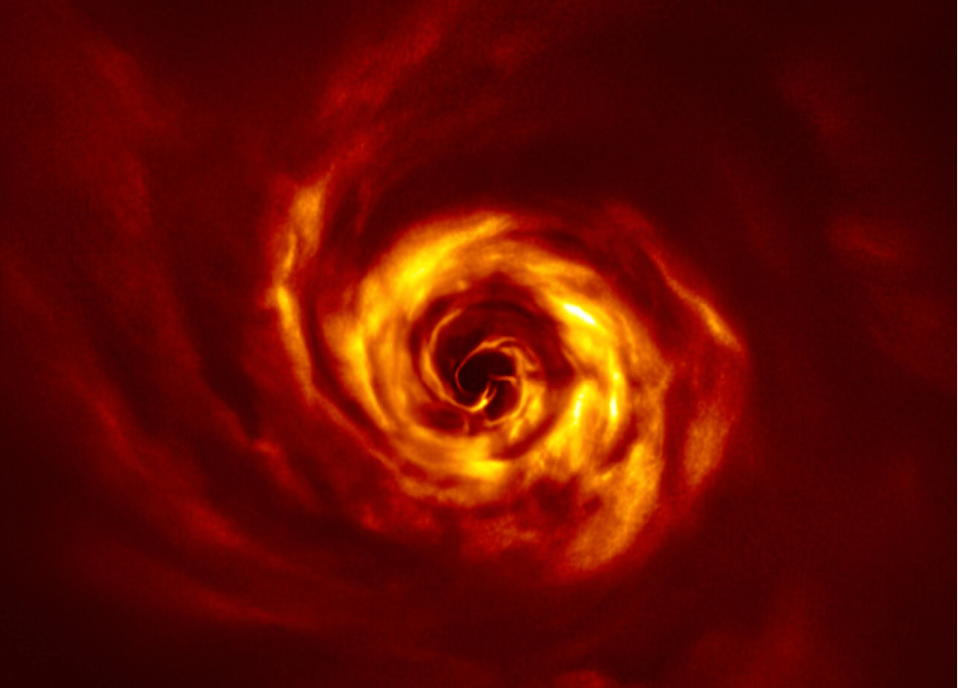
Continue reading

The US Space Force has announced that it is looking for a place to establish its new HQ, and is encouraging communities across the US to nominate themselves based on a set of criteria.
Continue reading

Continue reading

Despite an unexpected fire during the latest static fire test, SpaceX's Starship prototype is alive and well and closer to flight-testing.
Continue reading
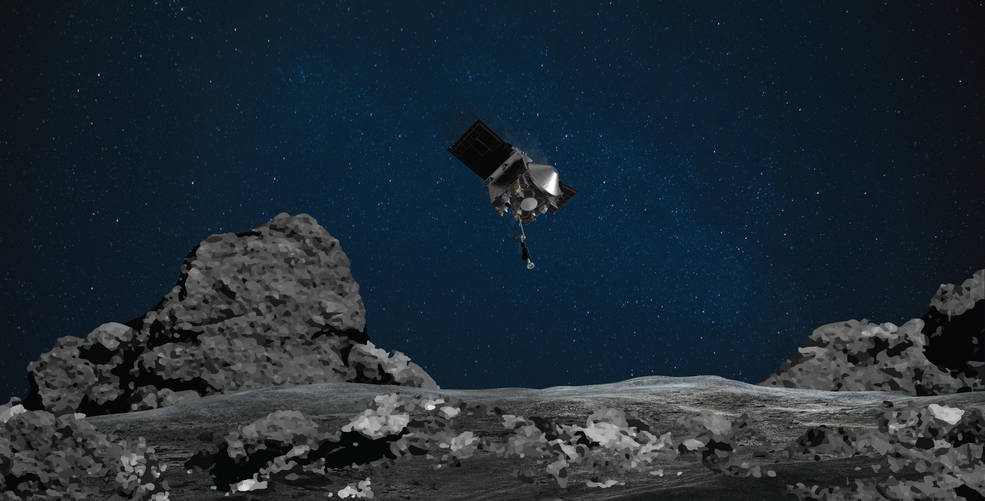
Continue reading

Continue reading
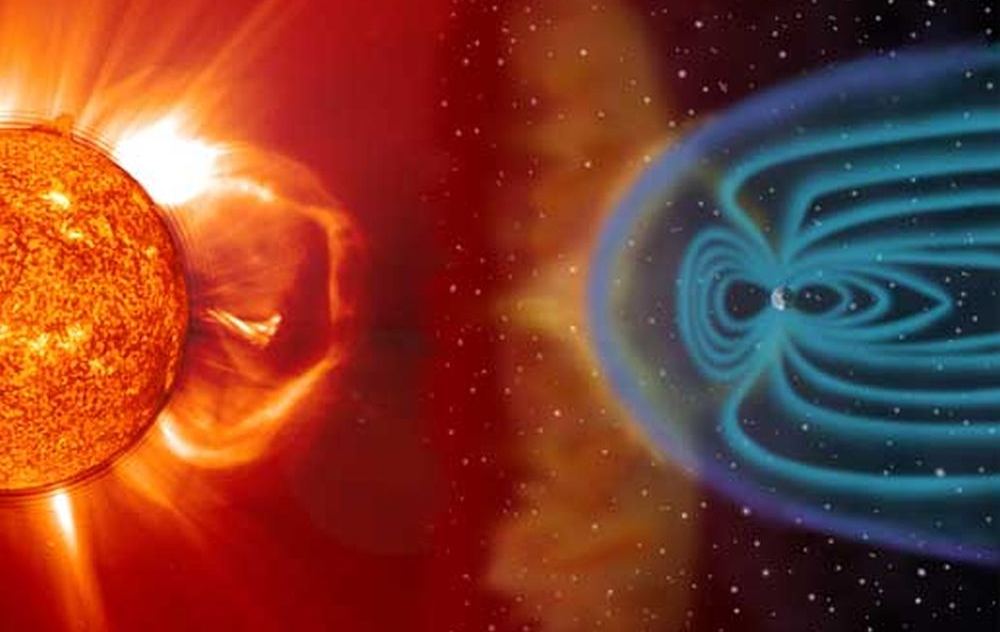
Continue reading

The US Space Force just announced that they will begin training so its new officers can become specialists in specific fields, like orbital warfare, electronic warfare, and space battle management.
Continue reading
Continue reading
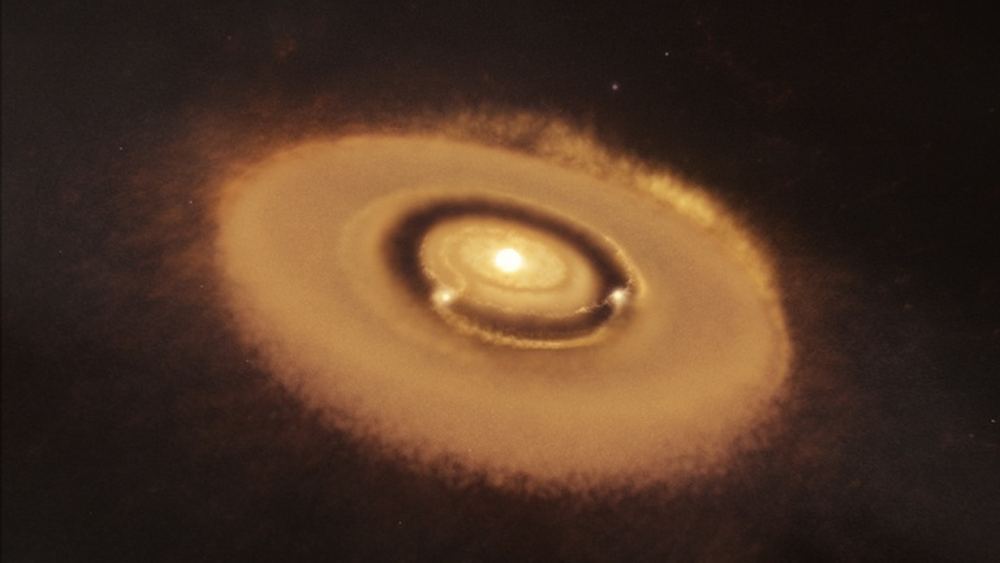
Continue reading

Continue reading

Engineers at NASA's Stennis Space Center have resumed tests of the Core Stage of the Space Launch System (SLS) in anticipation of its inaugural launch next year.
Continue reading

Continue reading

Continue reading

What's that? You say you've never seen elusive Mercury for yourself? You won't have an excuse after this weekend, when the innermost world meets brilliant Venus at dusk, for one of the best planetary conjunctions for 2020.
Continue reading

NASA just released a series of principles designed to foster exploration and cooperation in lunar exploration, called the Artemis Accords.
Continue reading

The US Space Force, in conjunction with the USAF and the ULA, just launched the X-37B spaceplane for the sixth time!
Continue reading

Continue reading
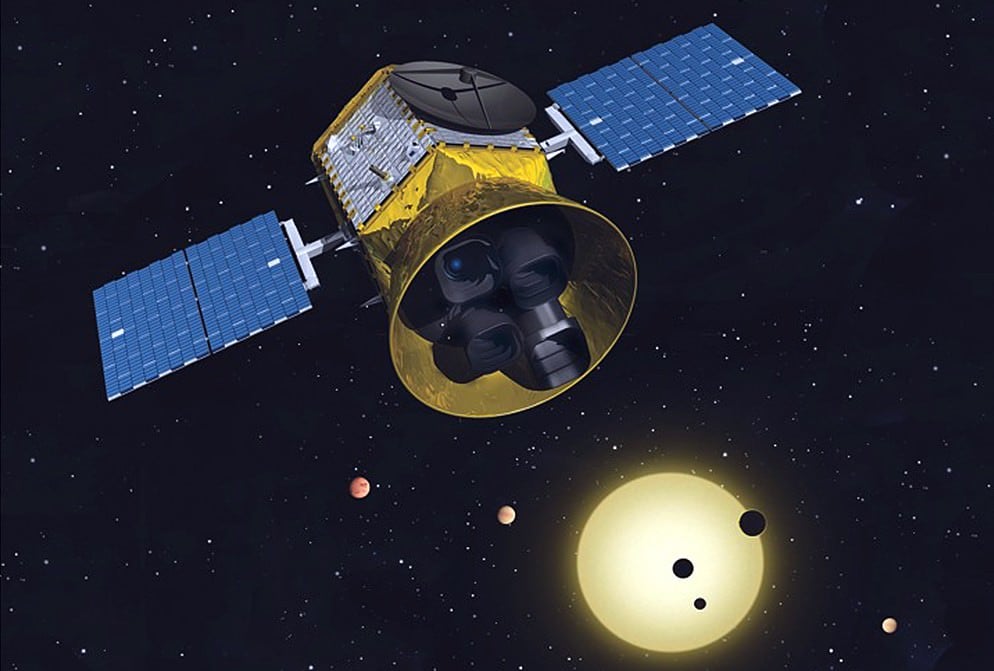
Continue reading

Continue reading

Continue reading
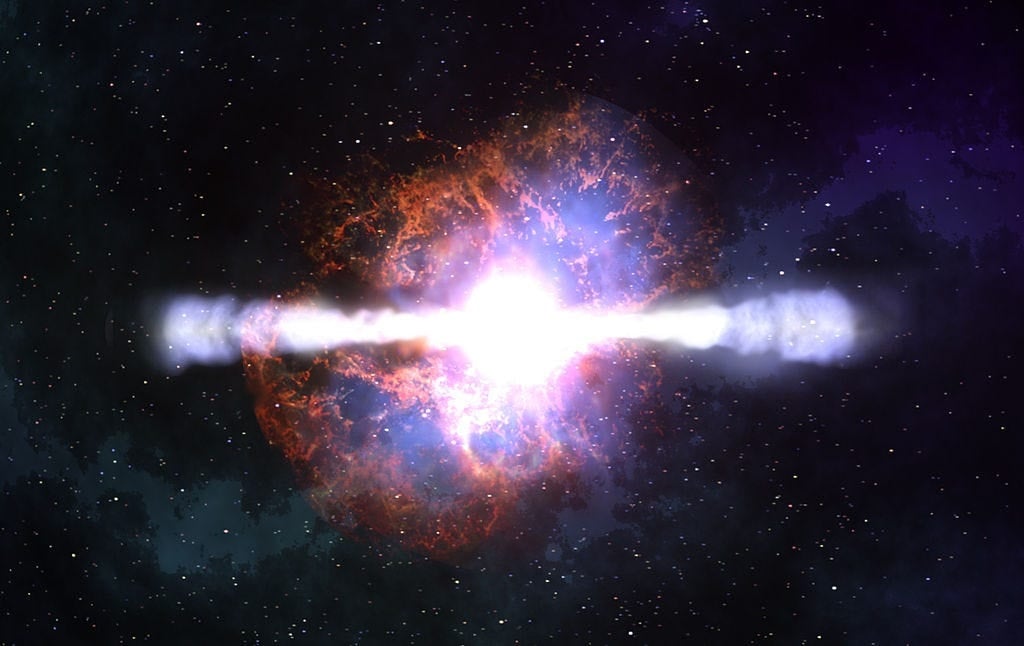
Continue reading

New research says life from Earth isn't likely to ever survive on Mars, which is good news as far as planetary protection concerns are involved.
Continue reading

Continue reading

Some neutrinos are so energetic we don't know how they are produced. But a clue lies in the heart of distant quasars.
Continue reading

Continue reading

China's next-generation crewed spacecraft recently returned to Earth after a successful test flight. The Long March 5B rocket that sent it up did as well (parts of it, anyway!)
Continue reading

Continue reading

Continue reading

The X-37B will be going to space again this Saturday to test a number of experiments, many of which are military in nature and classified!
Continue reading
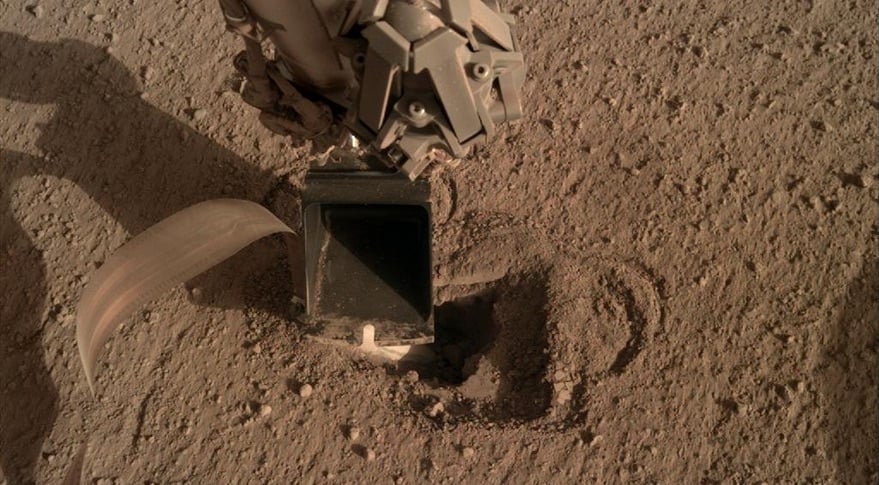
Continue reading
Continue reading

Continue reading

SpaceX has passed another milestone with their Starship prototype after the successful completion of a static fire test
Continue reading

Continue reading

Continue reading

Continue reading

A process developed by NASA, which could be very useful for building telescopes in space, will soon be tested with an orbital launch.
Continue reading

Continue reading

If we want to travel to the stars, we're going to have to be creative. The answer might be light sails made of sheets of graphene.
Continue reading

Continue reading

NASA has announced that the Lunar Gateway could be launched in the coming years using the Falcon Heavy or another commercial provider.
Continue reading

Continue reading

Scientists with the ESO have detected a triple system with a black hole roughly 1,000 light-years from Earth - making it the closest ever observed.
Continue reading

The United States Space Force just released a recruitment video. If you're looking for your purpose, and suspect it's off-world, this is the service for you!
Continue reading

Continue reading

 Universe Today
Universe Today














































